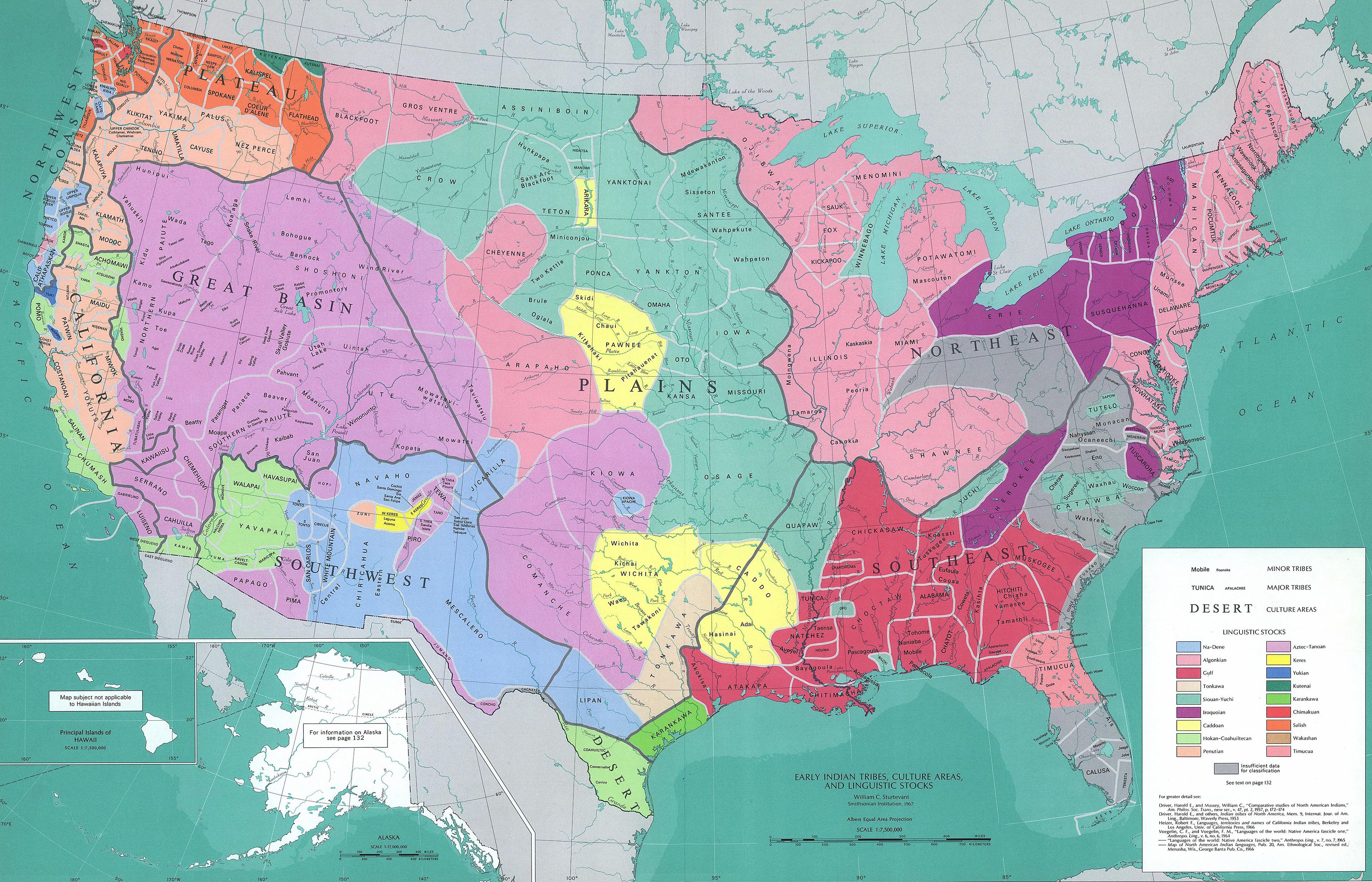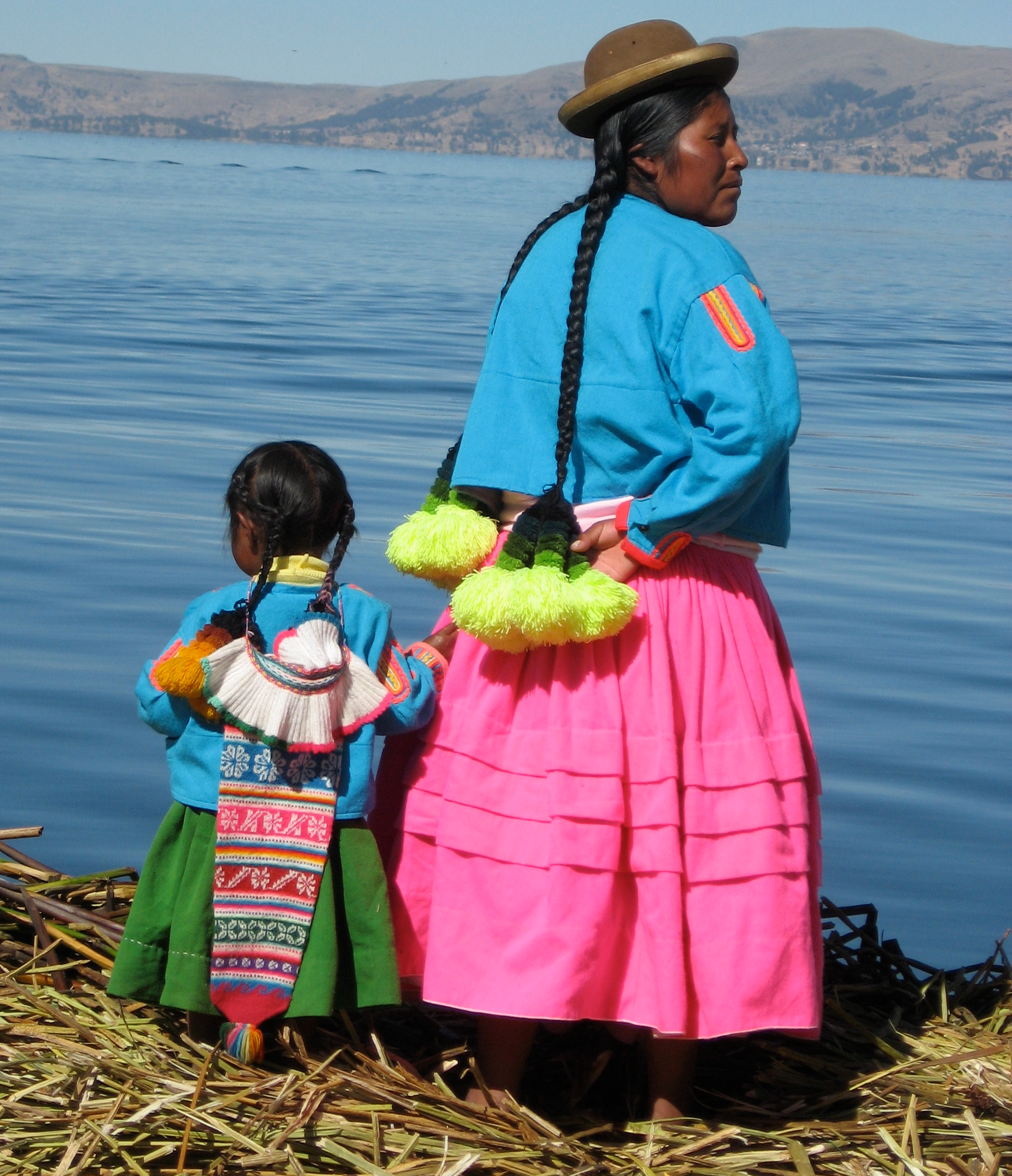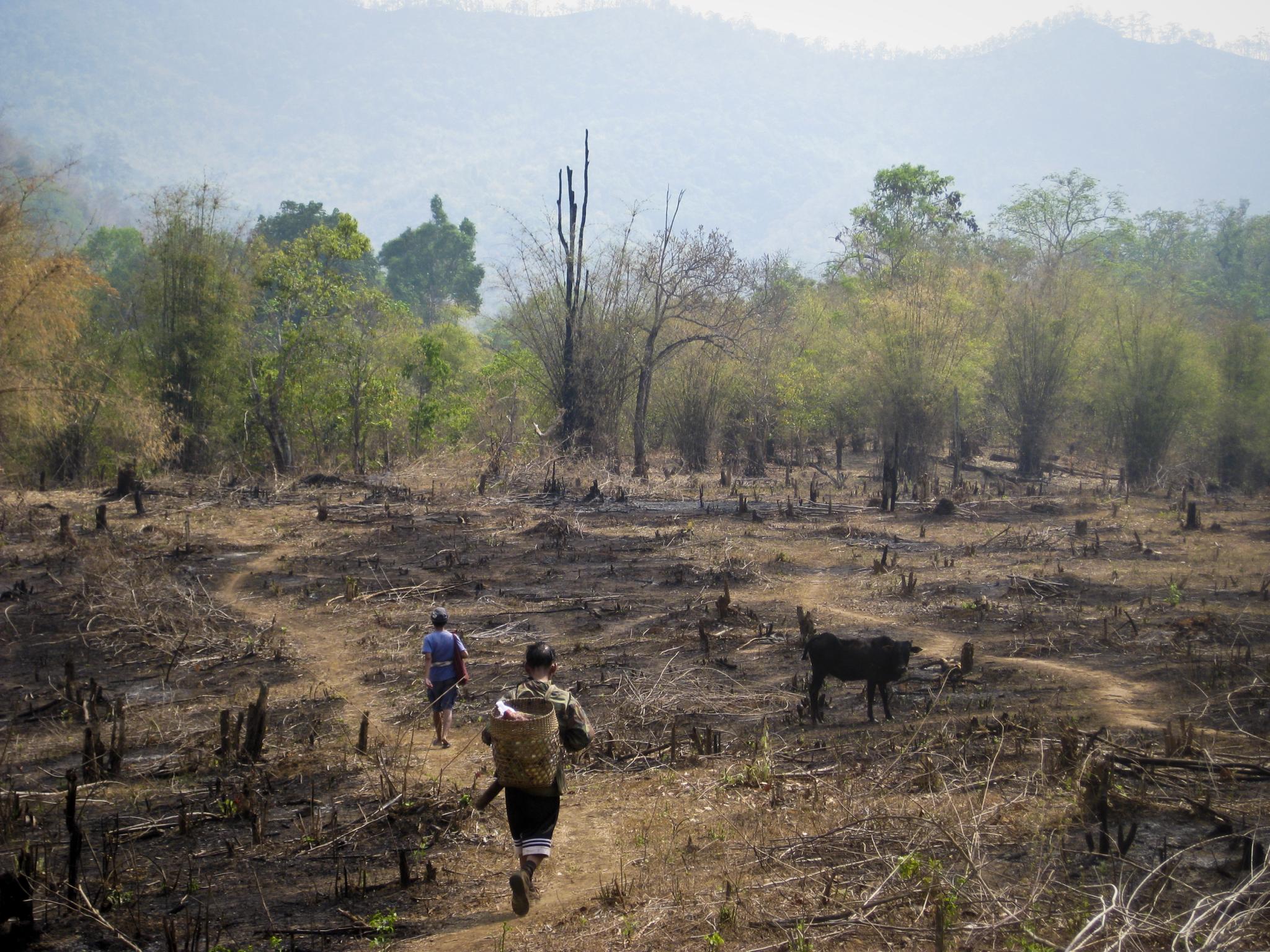|
Kaxinawá
The Huni Kuin (also known as: ''Kaxinawá'', ''Cashinahua'', ''Kaschinawa'', ''Kashinawa'', ''Caxinauás'') are an Indigenous people of Brazil and Indigenous peoples in Peru, Peru. Their villages are located along the Purus River, Purus and Curanja Rivers in Peru and the Tarauacá River, Tarauacá, Jordão River (Acre), Jordão, Breu River, Breu, Muru River, Muru, Envira River, Envira, Humaitã River, Humaitã, and Purus Rivers in Brazil."Kaxinawá: Location." ''Povos Indígenas no Brasil.'' Retrieved 8 Dec 2011. In the Peruvian Amazon rainforest, some Huni Kuin live on the Alto Purús Indigenous Territory with the Kulina people. Name The name ''Huni Kuin'' means "true people" or "people with traditions". The alternative name ''Kaxinawá'' means "cannibals", "bat people" and "people who ...[...More Info...] [...Related Items...] OR: [Wikipedia] [Google] [Baidu] |
Kashinawa Language
Kashinawa (also spelled ''Kaxinawá, Kashinawa, Kaxynawa, Caxinawa, Caxinawá, and Cashinahua''), or Hantxa Kuin (''Hãtxa Kuĩ''), is an Indigenous American language of western South America which belongs to the Panoan language family. It is spoken by about 1,600 Kaxinawá in Peru, along the Curanja and the Purus River, Purus Rivers, and in Brazil by 400 Kaxinawá in the state of Acre (state), Acre. About five to ten percent of speakers have some Spanish language proficiency, while forty percent are literate and twenty to thirty percent are literate in Spanish as a second language. Dialects are Brazilian Kashinawa, Peruvian Kashinawa, and the extinct Juruá Kapanawa (Capanahua of the Juruá River) and Paranawa. Phonology Vowels * In final syllables, are heard as . * can also be heard as mid-back . *Although nasalization is generally marked by placing a tilde over the vowel, some authors choose to mark it with a following to denote that the previous vowel or contiguous ... [...More Info...] [...Related Items...] OR: [Wikipedia] [Google] [Baidu] |
Indigenous Peoples Of The Amazon
Historically, classification of the Indigenous peoples of the Americas is based upon cultural regions, geography, and linguistics. Anthropologists have named various cultural regions, with fluid boundaries, that are generally agreed upon with some variation. These cultural regions are broadly based upon the locations of the Indigenous peoples of the Americas from early European and African contact beginning in the late 15th century. When Indigenous peoples have been Indian removal, forcibly removed by nation-states, they retain their original geographic classification. Some groups span multiple cultural regions. Peoples can also be classified by genetics, technology, and social structure. Canada, Greenland, United States, and northern Mexico In the United States and Canada, Ethnography, ethnographers commonly classify Indigenous peoples into ten geographical regions with shared culture, cultural traits, called cultural areas. Greenland is part of the Arctic region. Some scholar ... [...More Info...] [...Related Items...] OR: [Wikipedia] [Google] [Baidu] |
Indigenous Peoples In Peru
The Indigenous peoples of Peru or Indigenous Peruvians comprise a large number of ethnic groups who inhabit territory in present-day Peru. Indigenous cultures developed here for thousands of years before the arrival of the Spanish in 1532. In 2017, 5,972,606 Peruvians identified themselves as indigenous peoples and formed about 25.75% of the Demographics of Peru, total population of Peru. At the time of the Spanish arrival, the indigenous peoples of the rain forest of the Amazon basin to the east of the Andes were mostly nomad, semi-nomadic tribes; they subsisted on hunting, fishing, gathering and slash and burn agriculture. Those peoples living in the Andes and to the west were dominated by the Inca Empire, who had a complex, hierarchical civilization. It developed many cities, building major temples and monuments with techniques of highly skilled stonemasonry. Many of the estimated 2000 nations and tribes present in 1500 died out as a consequence of the Inca Empire#Expansio ... [...More Info...] [...Related Items...] OR: [Wikipedia] [Google] [Baidu] |
Indigenous Peoples In Brazil
Indigenous peoples in Brazil or Native Brazilians () are the peoples who lived in Brazil before European contact around 1500 and their descendants. Indigenous peoples of the Americas, Indigenous peoples once comprised an estimated 2,000 district tribes and nations inhabiting what is now Brazil. The 2010 Brazil census recorded 305 ethnic groups of Indigenous people who spoke 274 Indigenous languages of the Americas, Indigenous languages; however, almost 77% speak Portuguese language, Portuguese. Historically, many Indigenous peoples of Brazil were semi-nomadic and combined hunting, fishing, and hunter-gatherer, gathering with migratory agriculture. Many tribes were massacred by European settlers, and others assimilated into the growing European population Brazilians, Brazilian population. The Indigenous population was decimated by European diseases, declining from a pre-Columbian high of 2 million to 3 million to approximately 300,000 by 1997, distributed among 200 tribes. Accor ... [...More Info...] [...Related Items...] OR: [Wikipedia] [Google] [Baidu] |
Panoan Language
Panoan (also Pánoan, Panoano, Panoana, Páno) is a family of languages spoken in western Brazil, eastern Peru, and northern Bolivia. It is possibly a branch of a larger Pano–Tacanan family. Genetic relations The Panoan family is generally believed to be related to the Tacanan family, forming with it Pano–Tacanan, though this has not yet been established (Loos 1999). Language contact Jolkesky (2016) notes that there are lexical similarities with the Kechua, Mapudungun, Moseten-Tsimane, Tukano, Uru-Chipaya, Harakmbet, Arawak, Kandoshi, and Pukina language families due to contact. Languages There are some 18 extant and 14 extinct Panoan languages.Fleck, David. 2013. Panoan Languages and Linguistics'. Anthropological Papers of the American Museum of Natural History 99. In the list of Panoan languages below adapted from Fleck (2013), () means extinct, and (*) obsolescent (no longer spoken daily). Dialects are listed in parentheses. *Panoan **Mayoruna *** Tabatinga ... [...More Info...] [...Related Items...] OR: [Wikipedia] [Google] [Baidu] |
Kulina People
The Kulina are an Indigenous people of Brazil and Peru. 2,540 Kulina live in Amazonas and Acre The acre ( ) is a Unit of measurement, unit of land area used in the Imperial units, British imperial and the United States customary units#Area, United States customary systems. It is traditionally defined as the area of one Chain (unit), ch ... in Brazil; while 400 live in southeastern Peru, along the Purus and Santa Rosa Rivers. Name Besides Kulina, they are also called Corina, Culina, Kulína, Kulyna, Madihá, and Madija. Language Kulina people speak the Kulina language, which is an Arawan language. Parts of the Bible have been translated into Kulina. References External links Kulina artwork National Museum of the American Indian Indigenous peoples in Brazil Indigenous peoples in Peru Indigenous peoples of the Amazon {{Brazil-ethno-group-stub ... [...More Info...] [...Related Items...] OR: [Wikipedia] [Google] [Baidu] |
Hammock
A hammock, from Spanish , borrowed from Taíno language, Taíno and Arawak language, Arawak , is a sling made of fabric, rope, or netting, suspended between two or more points, used for swing (seat), swinging, sleeping, or Human relaxation, resting. It normally consists of one or more cloth panels, or a woven network of twine or thin rope stretched with ropes between two firm anchor points such as trees or posts. Hammocks were developed by native inhabitants of the Americas for sleeping, as well as the English people, English. Later, they were used aboard ships by sailors to enable comfort and maximize available space, by explorers or soldiers travelling in wooded regions and eventually by parents in the early 1920s for containing babies just learning to crawl. Today they are popular around the world for relaxation; they are also used as a lightweight bed on camping trips. The hammock is often seen as a symbol of summer, leisure, recreation, relaxation and simple living, simple, ... [...More Info...] [...Related Items...] OR: [Wikipedia] [Google] [Baidu] |
Slash-and-burn
Slash-and-burn agriculture is a form of shifting cultivation that involves the cutting and burning of plants in a forest or woodland to create a Field (agriculture), field called a swidden. The method begins by cutting down the trees and woody plants in an area. The downed vegetation, or "slash", is then left to dry, usually right before the rainiest part of the year. Then, the Biomass (ecology), biomass is burned, resulting in a nutrient-rich layer of ash which makes the Soil fertility, soil fertile, as well as temporarily eliminating weed and pest species. After about three to five years, the plot's productivity decreases due to depletion of nutrients along with weed and pest invasion, causing the farmers to abandon the field and move to a new area. The time it takes for a swidden to recover depends on the location and can be as little as five years to more than twenty years, after which the plot can be slashed and burned again, repeating the cycle. In Bangladesh and India, the ... [...More Info...] [...Related Items...] OR: [Wikipedia] [Google] [Baidu] |
Swidden
Slash-and-burn agriculture is a form of shifting cultivation that involves the cutting and burning of plants in a forest or woodland to create a field called a swidden. The method begins by cutting down the trees and woody plants in an area. The downed vegetation, or "slash", is then left to dry, usually right before the rainiest part of the year. Then, the biomass is burned, resulting in a nutrient-rich layer of ash which makes the soil fertile, as well as temporarily eliminating weed and pest species. After about three to five years, the plot's productivity decreases due to depletion of nutrients along with weed and pest invasion, causing the farmers to abandon the field and move to a new area. The time it takes for a swidden to recover depends on the location and can be as little as five years to more than twenty years, after which the plot can be slashed and burned again, repeating the cycle. In Bangladesh and India, the practice is known as jhum or jhoom. Slash-and-burn i ... [...More Info...] [...Related Items...] OR: [Wikipedia] [Google] [Baidu] |
Spanish Language
Spanish () or Castilian () is a Romance languages, Romance language of the Indo-European languages, Indo-European language family that evolved from the Vulgar Latin spoken on the Iberian Peninsula of Europe. Today, it is a world language, global language with 483 million native speakers, mainly in the Americas and Spain, and about 558 million speakers total, including second-language speakers. Spanish is the official language of List of countries where Spanish is an official language, 20 countries, as well as one of the Official languages of the United Nations, six official languages of the United Nations. Spanish is the world's list of languages by number of native speakers, second-most spoken native language after Mandarin Chinese; the world's list of languages by total number of speakers, fourth-most spoken language overall after English language, English, Mandarin Chinese, and Hindustani language, Hindustani (Hindi-Urdu); and the world's most widely spoken Romance language ... [...More Info...] [...Related Items...] OR: [Wikipedia] [Google] [Baidu] |






